Basil, a beloved herb known for its fragrant aroma and culinary versatility, is a cornerstone in kitchens around the world. From Italian pesto to Thai stir-fry and Indian curries, basil plays an integral role in global cuisine. But have you ever wondered which country produces the most basil in the world? This article dives deep into the fascinating world of basil cultivation and identifies the global leader in basil production, supported by detailed data, farming practices, export dynamics, and future trends.
Introduction: The Importance of Basil in the Global Market
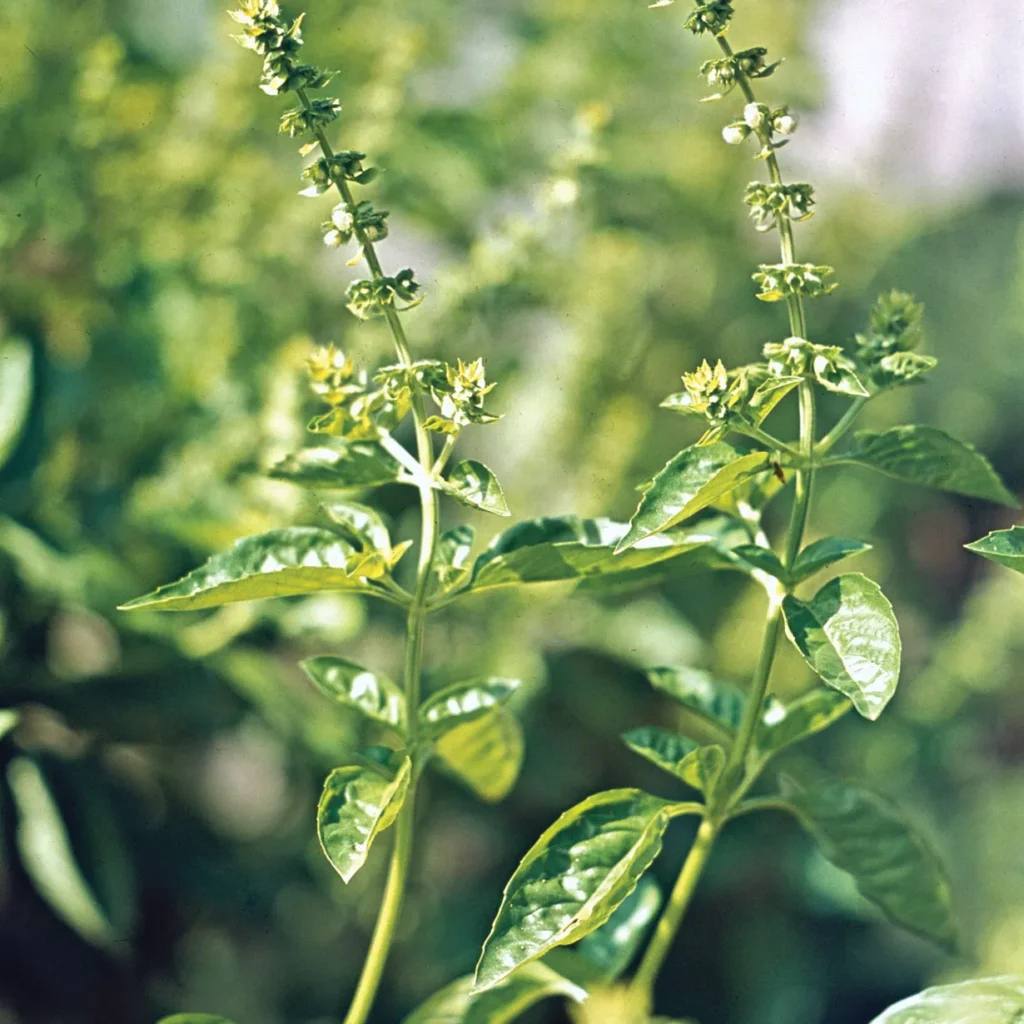
Basil (Ocimum basilicum) is a fast-growing, aromatic herb that belongs to the mint family (Lamiaceae). Native to tropical regions of central Africa and Southeast Asia, basil has spread worldwide due to its culinary, medicinal, and cultural significance.
Today, basil is grown in hundreds of countries, but a handful of nations dominate the market both in terms of quantity and quality. Basil is cultivated for fresh consumption, essential oils, and dried leaves, serving multiple industries including food, pharmaceuticals, cosmetics, and aromatherapy.
Global Basil Production Overview
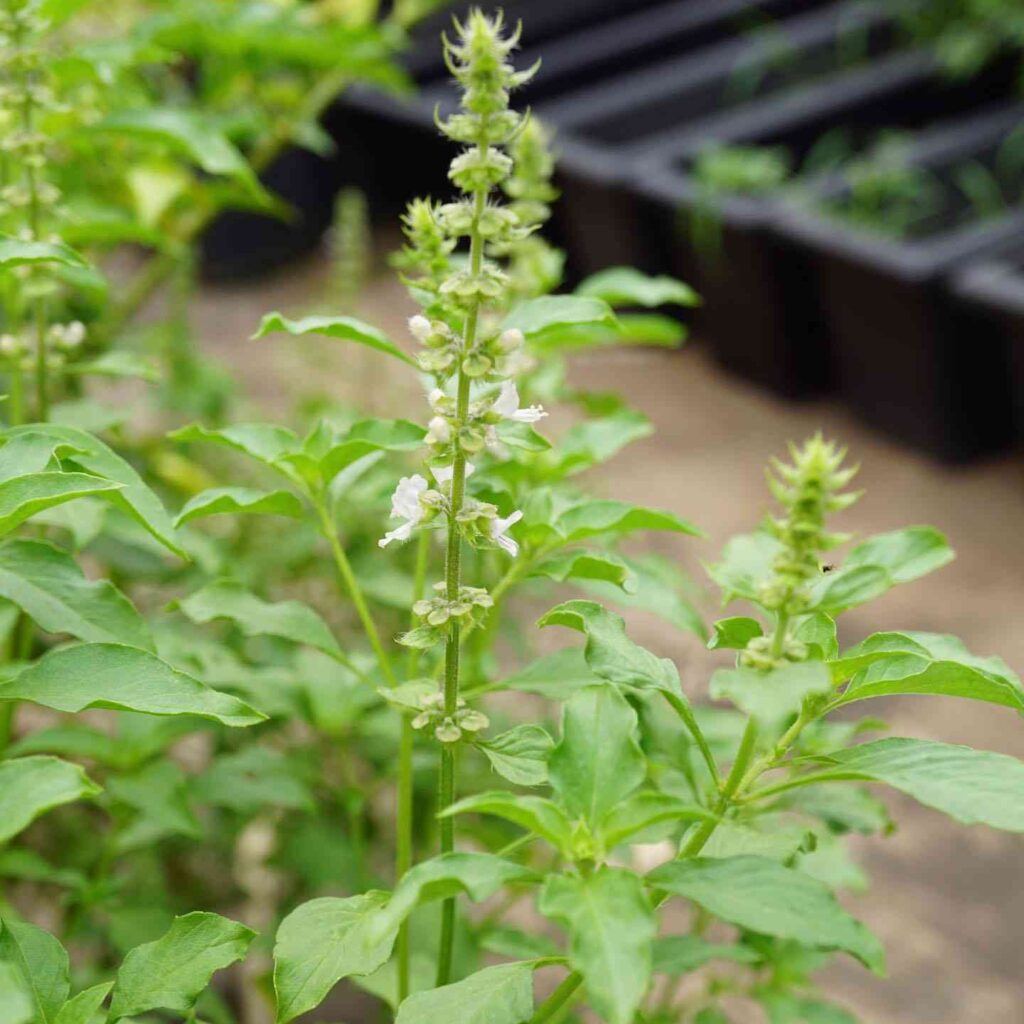
Basil thrives in warm climates with plenty of sunshine and well-drained soil, making it ideal for tropical and subtropical regions. Major basil producers span across Asia, Europe, and the Americas, including countries like India, Egypt, the United States, Thailand, and Italy.
According to recent agricultural reports and trade data, India is the largest basil producer in the world. This leadership position is supported by a combination of extensive land use, traditional herbal knowledge, government support, and export demand for both culinary and medicinal basil varieties.
India: The World’s Basil Powerhouse
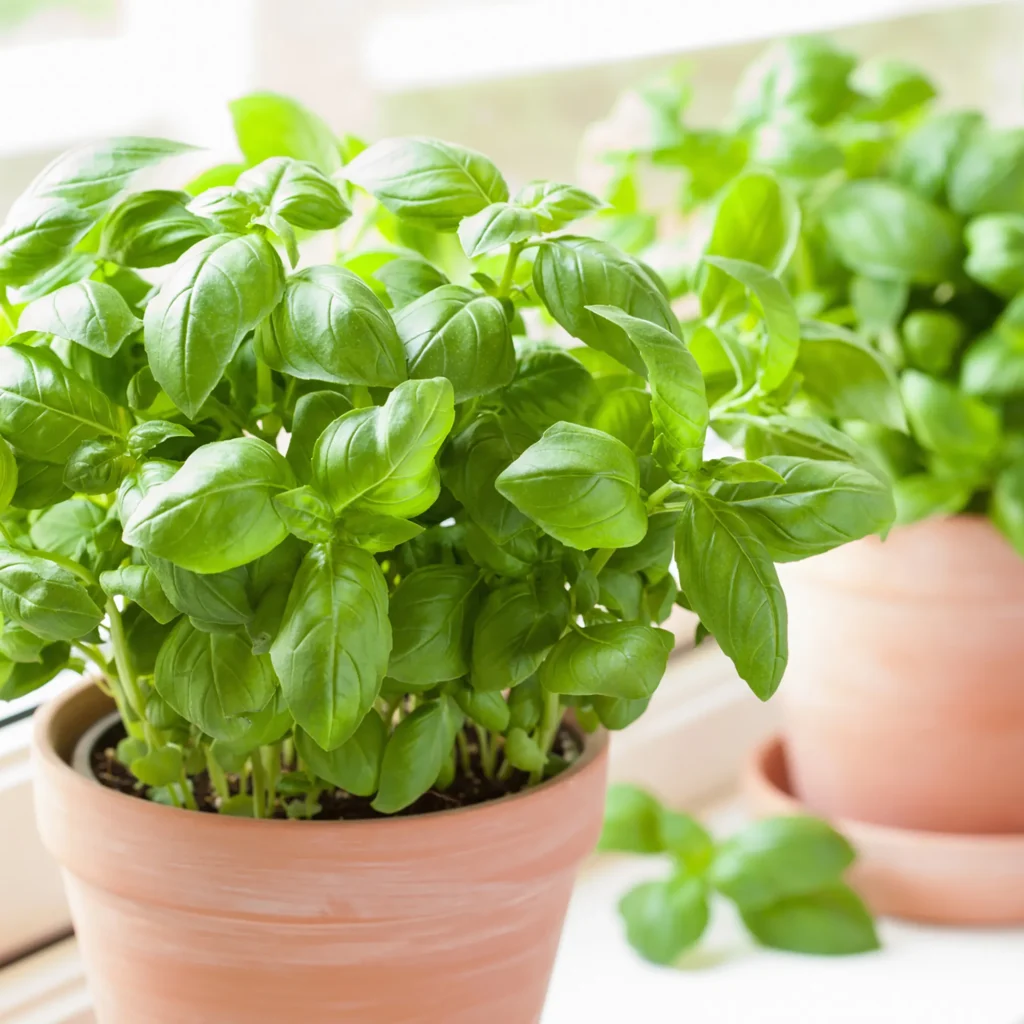
1. Basil Varieties in India
India grows a wide range of basil types, including:
- Sweet basil – used in culinary applications.
- Holy basil (Tulsi) – a sacred plant in Hindu culture, valued for its medicinal and spiritual properties.
- Lemon basil, Thai basil, and other indigenous varieties.
India’s diverse agro-climatic zones allow for year-round cultivation, especially in states like Uttar Pradesh, Madhya Pradesh, Tamil Nadu, Andhra Pradesh, and Maharashtra.
2. Production Statistics
India produces thousands of metric tons of basil annually, both for domestic use and international trade. While exact data can vary depending on the type of basil (culinary vs. medicinal), India consistently ranks at the top in global production.
Recent estimates suggest:
- Holy basil (Tulsi) production exceeds 30,000 metric tons/year.
- Essential oil extraction from basil (used in Ayurveda and cosmetics) is valued at over ₹500 crore (~USD 60 million) annually.
3. Reasons for India’s Dominance
- Cultural affinity: Tulsi is revered in Indian households and temples, boosting both demand and supply.
- Climate suitability: Basil grows abundantly in India’s tropical climate.
- Large-scale farming & research: Government and private sector investment in herbal farming.
- Export growth: India exports basil oil, dried basil, and extracts to over 50 countries.
Egypt: A Major Player in Basil Exports
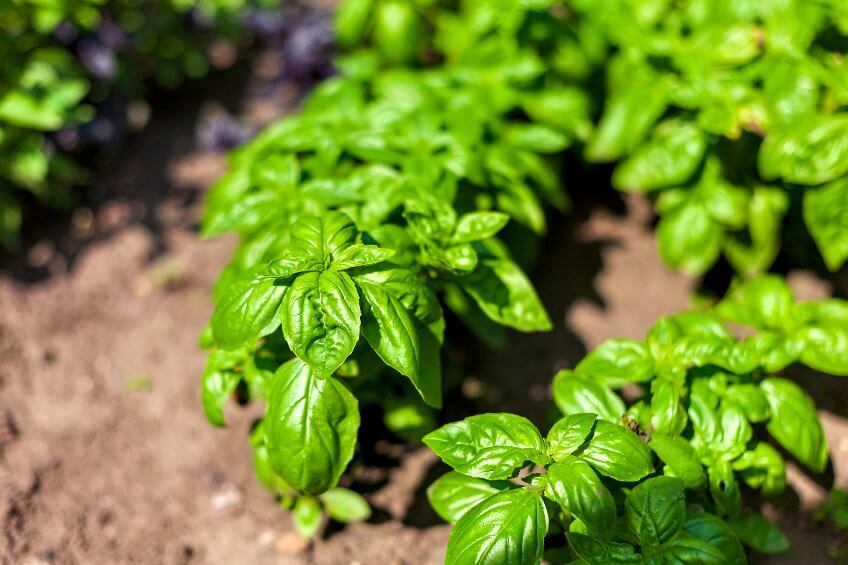
Egypt is another significant basil producer, especially known for its high-quality dried basil leaves. The fertile Nile Delta and favorable climate make Egypt a global leader in basil cultivation for export.
Highlights:
- Primary exports include dried basil and basil essential oil.
- Major markets: Europe (especially Germany, the Netherlands, and Italy), and the U.S.
- Organic farming practices have made Egyptian basil highly sought-after in the international herbal trade.
Despite a smaller landmass and production scale compared to India, Egypt’s export-driven strategy puts it among the top global basil suppliers.
Thailand: Home of Thai Basil
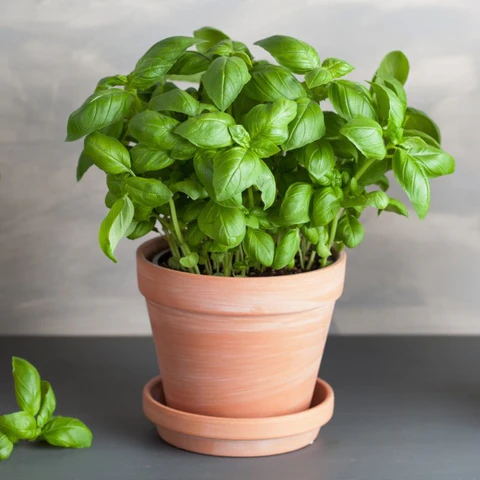
Thailand is globally known for its unique Thai basil (with a spicy, anise-like flavor), widely used in Southeast Asian cuisine.
Key features:
- Widely grown in central and northern Thailand.
- Supplies both domestic food industries and international markets.
- Thailand exports fresh and dried Thai basil to Japan, the U.S., and Australia.
Although not the largest producer by volume, Thailand’s contribution to culinary diversity in the basil market is undeniable.
United States: Commercial Basil Farming and Hydroponics
The United States, especially California, Florida, and Arizona, is a notable basil producer, primarily focused on:
- Fresh basil for supermarkets and restaurants.
- Hydroponically grown basil in greenhouses.
- Specialty basil types such as Genovese, purple basil, and lemon basil.
Basil farming in the U.S. emphasizes quality over quantity, with a growing shift toward organic and controlled-environment agriculture.
Italy: The Birthplace of Pesto
Italy, although not the largest producer by scale, holds an iconic place in the basil world. Liguria, especially the region around Genoa, is known for producing Genovese basil, the key ingredient in traditional pesto alla Genovese.
- Italy has strict Protected Designation of Origin (PDO) regulations for its basil.
- Small-scale but high-quality production.
- Mostly consumed domestically in the food sector.
Italy’s contribution lies in the cultural and culinary value of basil rather than bulk production.
Export and Trade Trends
India’s Basil Export Highlights:
- Top Exported Products: Tulsi oil, dried basil, basil extract capsules, and essential oils.
- Top Markets: USA, Canada, Germany, UAE, and the UK.
- Export Value: Over USD 150 million annually (combined herbal exports including basil and tulsi).
India’s exports are fueled by global interest in Ayurveda, natural medicine, and plant-based supplements.
Egypt and Thailand also see strong demand in Europe and Asia due to their unique basil variants and low production costs.
Medicinal and Economic Significance of Basil
Beyond its culinary uses, basil is revered for its:
- Anti-inflammatory, anti-bacterial, and antioxidant properties.
- Role in Ayurveda and Traditional Chinese Medicine.
- Use in aromatherapy, cosmetics, and health supplements.
This versatility has made basil a high-demand crop not just for farmers, but also for pharmaceutical and wellness companies.
Future of Global Basil Production
Trends to Watch:
- Rising Demand for Organic Basil: Consumers globally prefer chemical-free herbs.
- Hydroponics and Vertical Farming: Especially in urban markets in the U.S., Japan, and the Middle East.
- Essential Oil Market Boom: Expected to grow significantly, especially for Holy Basil/Tulsi oil.
- Climate Change and Crop Adaptation: Countries may shift production zones or modify cultivation techniques.
India is expected to maintain its leadership position thanks to government support and increasing global demand for tulsi-based wellness products.
Conclusion
In summary, India stands as the largest basil producer in the world, thanks to its favorable climate, diverse basil types, cultural importance, and robust export infrastructure. Other countries like Egypt, Thailand, the U.S., and Italy contribute significantly to the global basil industry, either through exports or specialty varieties.
Basil is more than just a kitchen herb—it’s a bridge between tradition and modern health trends, between small farms and global commerce. As global interest in plant-based living grows, basil’s role in agriculture, wellness, and international trade is only expected to expand.



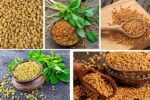
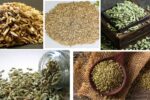

Leave A Comment